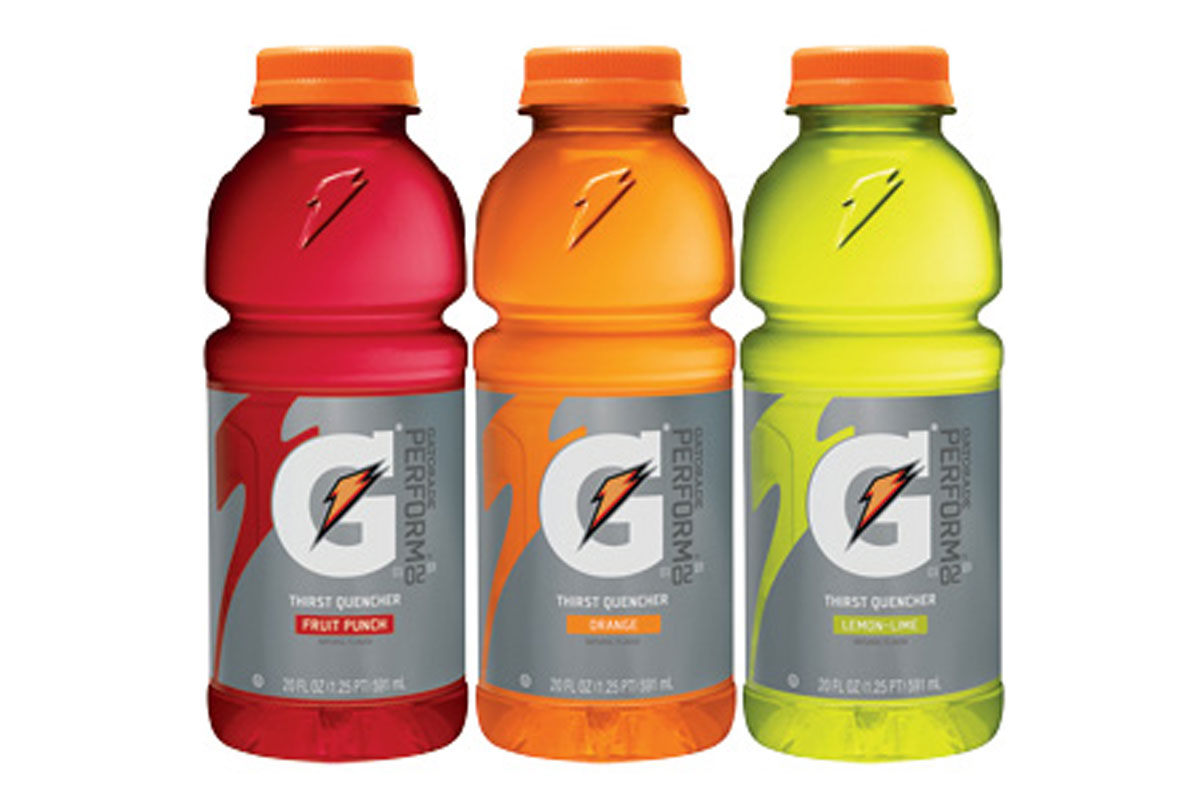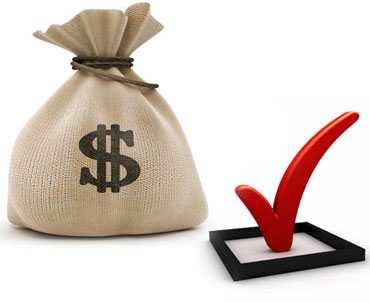Part 2 of our series on achieving better profitability and saleability.
In our July 3 blog post, we challenged business owners to think about how to build a company that everyone wants to invest in. Think Apple, not Facebook. We gave you two steps and suggested that you read the June Issue of Fast Company to give you the idea.
Let’s take this a next step. We covered steps 1 and 2 in the July 3 post. Before we start on Step 3, I want to make a distinction. We coined the term ‘saleability’. To be saleable means your company is attractive to buyers (really important the year you want to exit), to lenders (really important if you’ve got growth plans) and star performer employees (really important for recruiting).
But there is one other stakeholder you need to move up the priority list. Becoming saleable should be really important to the primary investors.
If you own a company you are the primary investor. You want a return for your investment, right? Otherwise why would you do all you do to make your company hum. That would be like buying a house and not keeping up with maintenance and remodeling. When it comes time to sell it, no one would want it except for tear down value.
Step 1Â is to learn to see your company as an investor would. (See July 3 post for details)
Step 2Â is to learn to see your company through the eyes of your customers. You may find your secret sauce through their eyes. (See July 3 post for how to think about this step)
Step 3Â is to look at your product and really dig deep to see what value it has for your customers. There may be a lot more people who would want your product or service for the same reason your current fans love it.
Let’s look at the Gatorade example. You might not be a product company, but there is a lot to take away from their re-invention. So settle in and analyze how you could apply it in your company.
Like other soft drink companies, Gatorade aimed at the masses. They were rewarded with a tiny fraction of the marketplace, despite spending millions getting their attention. Predictably, sales declined.
This is a classic marketing mistake that small business makes all the time. I call it the Monkey See Syndrome. Small business can’t afford to act and promote like big business, spending millions to build brand awareness to the masses. Regional banks can’t compete with big banks. Single unit restaurants can’t compete with chains. Software companies can’t compete with Microsoft. Smart Phone developers can’t compete with Apple and Google.
Yikes! So if you can’t compete for the big boys’ markets, why bother? Exactly. Stop trying to be everything to everybody.
Just compete for the kind of people who like what you do. Who need specialization, better results, more carefully crafted solutions totally wired to their peculiarities. Think small to get big.
Gatorade discovered that the portion of the target market that really valued their product was professional athletes. The athletes saw Gatorade as a ‘sports-performance’ drink, not an alternative to a soft-drink. They had a real reason to choose Gatorade. But to win more athletes as customers, Gatorade had to show them that their drinks supported nutrition, which supports performance.
What they did was ‘educational marketing’. Educational marketing provides critical ‘did you know’ information on the use of a product when people are searching for how to solve their problem. The serious athlete wants help understanding how to increase her performance. Performance is her problem. What she’s consuming isn’t doing the job.
If you want to be more than a commodity within your target market, the way to get people’s attention is when they are looking for an alternative to what they currently are unhappy with.
We call this the ‘Willing Stage’. Before people are willing to see what you have to offer, they are not aware they have a problem with their current brand. They could care less about your product or service. Then some event happens and now they are inspired to search out a different way to solve their problem.
You have to invest in marketing that makes that educational connection for them. Educational marketing starts with information on the web that informs, digs deep and makes distinctions between conventional wisdom (Gatorade is for anyone) with what’s really true (Gatorade is for serious athletes who want better performance).
Gatorade defined their tribe and put walls around it. If you define yourself as a ‘serious athlete’ you want to be ‘part of their tribe’ (a serious motivator for many people).
So what subset of people are raving fans of what your company provides? How come? To activate Step 3, go find out by talking to the people who love your product. Why do they keep coming back? What benefit do they get?
Learn to listen without assumptions and without defensiveness. You won’t like everything you hear. But that isn’t the point of this exercise. Find your tribe so you can be part of their world, not the other way around.
Look for Part 3 of our series on growth strategies in micro markets in September where we will look at Step 4.
Describe your company’s tribe below in the comments section. Not sure? We’ll give you a few questions to get you started if you describe who you think your tribe is and why.





